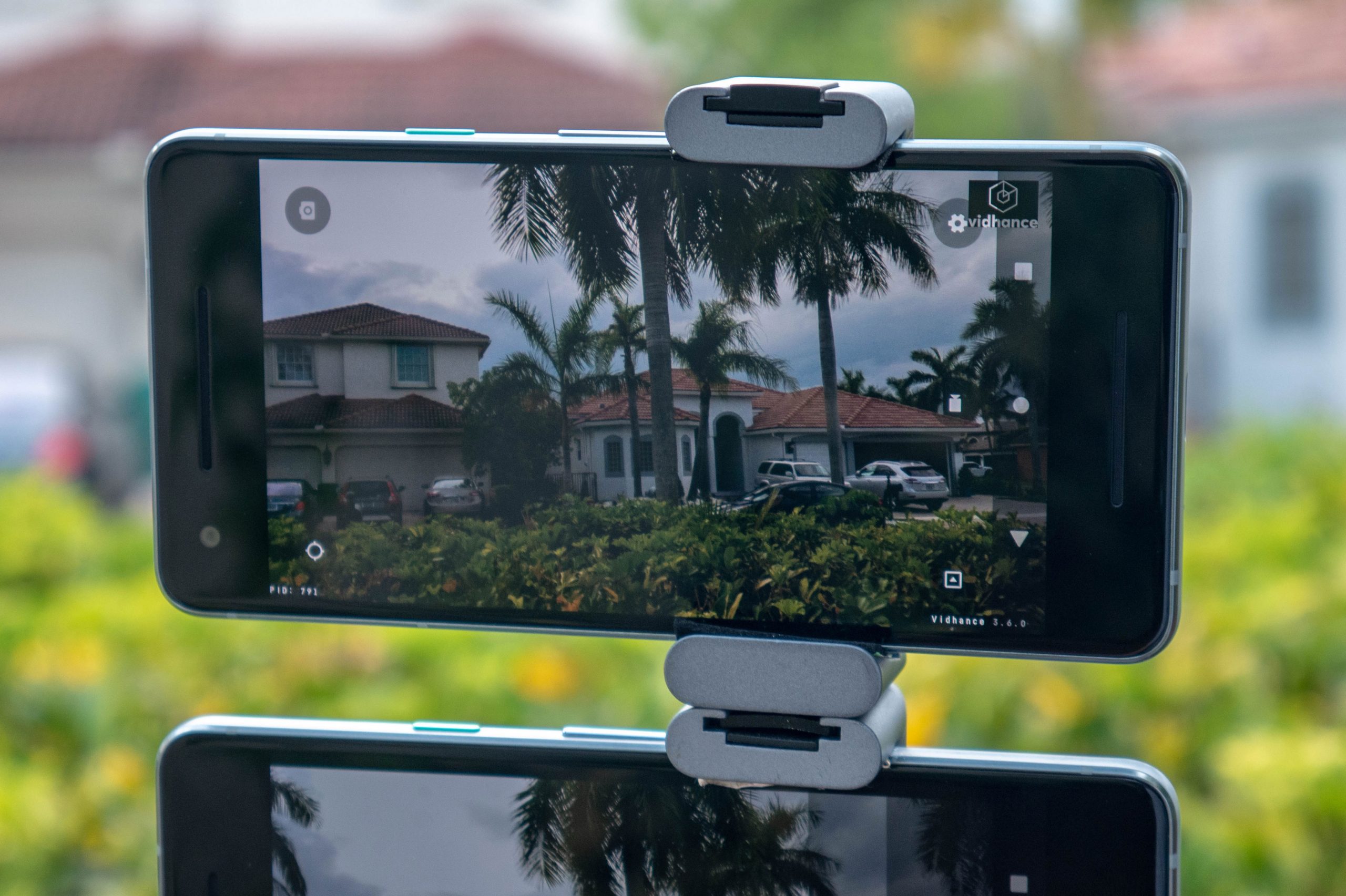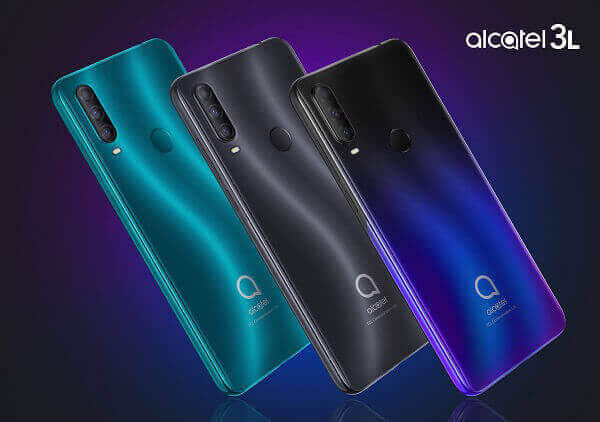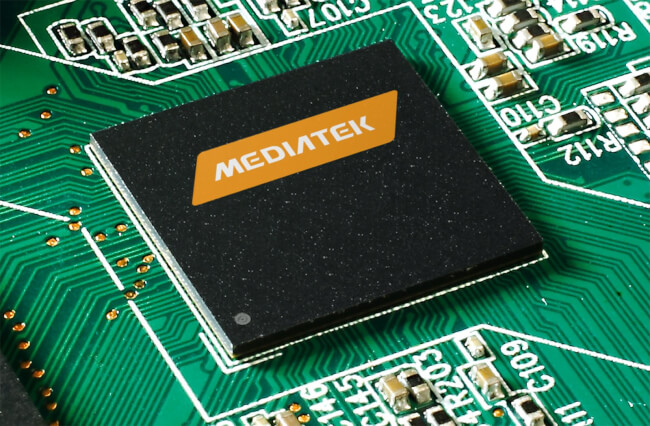Everyone is talking about 5G. We are promised something extraordinary, and incredible technological future. But at a time when 4G is not yet deployed everywhere, it is hard to imagine what a connected world in 5G could be. To see more clearly, we tell you everything you need to know about the network of tomorrow. What is 5G The 5th generation of standards for mobile telephony is a key technology that should ultimately allow mobile internet speeds of several gigabits per second, light years away from current networks. All with minimal latency, and a host of technologies to improve the signal, including in environments
Everyone is talking about 5G. We are promised something extraordinary, and incredible technological future. But at a time when 4G is not yet deployed everywhere, it is hard to imagine what a connected world in 5G could be. To see more clearly, we tell you everything you need to know about the network of tomorrow.
Table of Contents
What is 5G
The 5th generation of standards for mobile telephony is a key technology that should ultimately allow mobile internet speeds of several gigabits per second, light years away from current networks. All with minimal latency, and a host of technologies to improve the signal, including in environments where networks are overused. 4G and 3G were designed to respond as quickly as possible to a need for speed on the mobile internet.
5G is part of a more global project . Everything can be connected to it: smartphones, tablets, PCs, but also your objects, connected cars, VR headsets or even residential internet access. This type of network should promote cloud computing , integration and interoperability of smart devices and smart grids and other smart grids, in a domotisé environment and a “smart city”. In other words, 5G is also the technical modality that will support the development of a future even more connected than today.
5G: how it works
5G should be based in part on millimeter waves. These waves are currently used by the army in France, but the frequencies should soon be reassigned to operators during auctions. Most operators should integrate their 4G and 5G networks for the most continuous experience possible. The aim of 5G being, in addition to increasing the speed, to reduce the latency time as much as possible, the infrastructure will have to rely on a fiber network and cache servers as close as possible to the users.
The radio part of the network will rely on a variety of devices similar to those used for 4G networks. With one difference: it becomes possible to install a multitude of small mmWave cells in dense areas. These small cells will rely on millimeter waves to provide a very localized network – at short range. These small cells will obviously be installed as soon as saturation is detected in a part of the network. To ensure continuity of the connection, larger antennas using MIMO technology will be installed at high points. Their size and form factor is difficult to discern from that of current cellular antennas.
5G: latency reduced to the maximum
The central issue around 5G is latency: managing to reduce it to less than one millisecond makes it possible to revolutionize wireless usage. For example, it becomes possible to use a virtual reality headset of the future, wirelessly, which sends a 4K image to each eye, with a smooth and pleasant experience. The latency time makes navigation more reactive, and contributes to the increase in speeds.
Minimal energy consumption
The other issue around 5G is that it will have to connect everything. Including a large number of low consumption connected objects, smartphones and PCs always connected – which need particularly economical modules to avoid too great an impact on the battery. The first 5G modems, the Qualcomm X50 and the Balong 5000 have not yet quite reached this goal. These are components that heat up, and therefore still waste a little too much energy to imagine, for example, in a weather station on battery. But this is the direction that research and development efforts are taking.
A reliable and secure network
If today a loss of network does not cause much dramatic, in the future a failure of 5G may cause very serious car accidents for example. And in big cities, with these millions of connected objects concentrated in a very small area, failures can quickly arise. Several solutions are therefore envisaged to meet this constraint. The first, the Small Cells we mentioned earlier. The operation is simple: a large 5G antenna far from urban centers distributes a signal to several smaller antennas located in the city center as we explained above.
The protocol behind 5G is also very important
Finally, and probably the most important thing, 5G will end the neutral network. Today, whether you connect with a smartphone, tablet or connected watch, applications are managed in the same way by the network. Tomorrow, with 5G, there will be a priority system depending on the applications. There will not be one but several 5G. Each application must use the most suitable radio frequencies and protocols. No need to connect to the fastest frequencies for an application giving the weather for example.
5G: uses
It is in use that we will realize the power of 5G. For Qualcomm, 5G will be as important as the internal combustion engine or electricity . In the future we will be over-equipped but also perfectly connected. Manufacturers have not really approached 4G as they should have: too late, too slowly. No way to miss a second time.
So, for the user, 5G should represent a real revolution . The theoretical speeds may be mind-blowing, we will be entitled on average to 1 Gbit / s for downloading and 500 Mbit / s for uploading. On the other hand, the difference with 4G is that at the lowest, 5G will offer a speed of 50 Mbit / s at a speed between 0 and 120 km / h. When traveling by plane, your smartphone can theoretically connect in 5G with a bit rate of around 10 Mbit / s. And all this in 95% of the time and 95% of the places.
For the user, this opens doors hardly imaginable today. Of course the uses we know today will improve further. For example we will be able to continue watching our videos in streaming but in more places, with better quality. VR games in the cloud will be a reality. The cars will communicate with each other and be completely autonomous. Augmented reality will come into our lives. The GPS will be more precise thanks to the triangulation of 5G which makes it possible to give a position with a margin of error of less than a meter.
5G: compatible smartphones
As seen earlier, the usefulness of the 5G mobile network goes far beyond smartphones. But these will of course be among the main beneficiaries of this technology. Currently, there are two possibilities to make a 5G compatible smartphone. The first is to use a Snapdragon 855 SoC coupled with a Qualcomm X50 modem, the most popular solution. The second is a solution developed by Huawei on its devices with SoC Kirin 980 and Balong 5000 modem. The latter would be more efficient than its competitor, but it is still early to test this in real conditions. Find below the list of 5G compatible smartphones announced:
Not all compatible smartphones will be sold in Bangladesh at the moment. We only know that the Galaxy S10 5G will be available in the medium term in Bangladesh at GP. The Oppo Reno 5G will initially be reserved for the Swiss market.
To this must be added a premium on the first 5G compatible smartphones. Because of new SoCs including a modem and an adapted energy dissipation solution. MediaTek could nevertheless quickly cut prices and democratize compatible devices.
Does 5G pose a health risk?
In France, we have been ironic for some time about the horizon at which technology will eventually be available. But in Switzerland or Belgium, for example, the arrival of 5G worries. Conferences, petitions, votes and other actions are multiplying locally to prevent the installation of antennas. The fear is that the 5G waves are added to those emitted by the 3G, 4G, EDGE / GPRS and GSM antennas. Without there being a 100% proven effect on the health of these frequencies, studies, often contradictory, suggesting a risk for a certain number of years.
Even if nothing allows in the state to draw a clear conclusion on the subject, the legislator ended up imposing on the manufacturers that they measure the waves emitted by their devices and indicate, for the consumer devices, the number of waves absorbed by the body, as measured at the head and/or at the waist. A precautionary principle. So far, with each new network, different studies over the years show that the increase in volts per meter has increased only very marginally. And nothing indicates that the arrival of 5G augurs anything else.
More surprising – 5G technology could even lead to the exact opposite, over the course of its adoption: some of the antennas, especially those in the 3.5 GHz band, can indeed direct the signal to the devices that need it , a bit like a flashlight – this is called beamforming. Enough to prevent the energy emitted by this equipment from being absorbed by people, walls, and other unnecessary obstacles. And this is precisely the key to its supposed effectiveness in areas where networks tend to be overused such as stations, stadiums, and other places with high traffic.
Finally, note that the fact that the WHO classifies the electromagnetic fields emitted by the antennas of telecommunications networks as “possible carcinogens” does not mean that these waves cause cancer. The category in which these waves are classified implies that the risk, if it exists, is low, that it has not been scientifically proven by any study, without being totally excluded. For the record, pickles, for example, are classified in the same category. Coffee was until recently.
As a result, there appears to be no reason for concern at this time, which does not mean that studies should not be carried out during deployment to verify, in the long term, that this remains the case. Especially since the antennas are subject as a precaution to power limits that operators have no right to exceed. Finally, last important point: we see here and there alarmist news around the subject, but we should not forget too quickly that we live in the age of internet and fake news, where unverified info and amalgams on sensitive topics like this can spread.
Consequently, if it is healthy to question the safety for the health of the waves of 5G networks, it is just as healthy to question the relevance of the most alarmist speeches on the subject.
5G: The jargon to understand
- Frequencies under 6 GHz (or “ Sub-6GHz ”): these are the frequencies that are currently used by operators. As with 4G, they will gradually be converted into a 5G network. There are two types: very low frequencies (like the 800 MHz gold band) and high frequencies, like the 2100 MHz band.
- Millimeter waves (or ” mmWave “): these are waves whose frequency is greater than 6 GHz. They are the ones that offer speeds equivalent to those of optical fiber. They are dedicated to 5G and they do not have a large scope. They will therefore be used mainly in cities.
- SA and NSA ( Standalone and Non-Standalone acronyms ): these are two types of 5G network. The first is a network where 5G works alone and does not depend on the 4G network, while the second depends on it. You are therefore connected in 5G, but you continue to transit on a 4G core network. Ultimately, all operators will offer an SA network.
- DSS (acronym for Dynamic Spectrum Sharing ): this is a function allowing the 4G and 5G technologies to coexist on the same frequency bands. Initially, operators will make the decision to dedicate certain frequencies to 5G.
- Carrier aggregation : this is the network’s ability to serve a single client with more than one connection (upload or download) simultaneously. This capacity can operate on conventional frequencies, below 6 GHz, and / or on millimeter waves.



